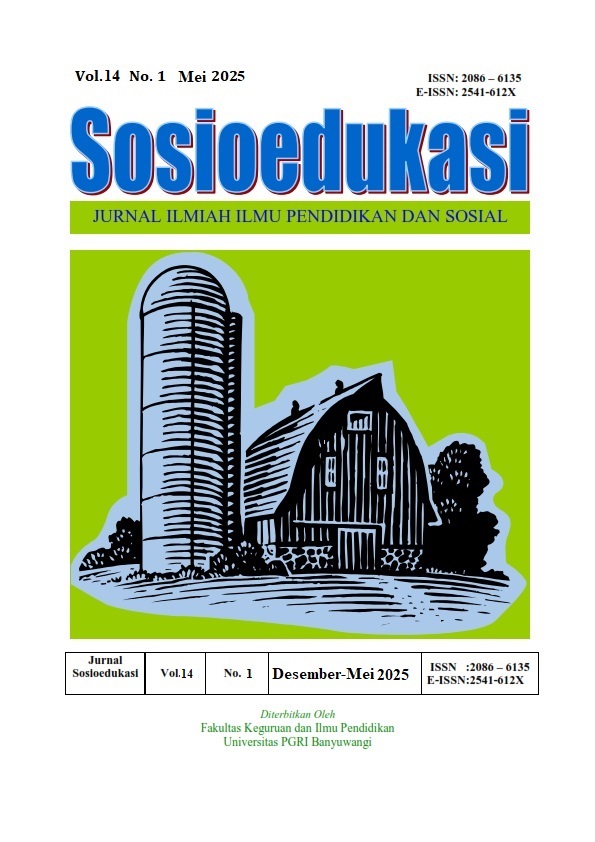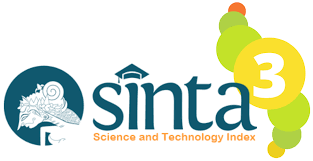UTILIZING AUGMENTED REALITY TO ENHANCE STUDENTS' CONTEXTUAL UNDERSTANDING IN HISTORY LEARNING: A SYSTEMATIC LITERATURE REVIEW
DOI:
https://doi.org/10.36526/sosioedukasi.v14i1.5791Keywords:
Augmented Reality; Contextual Understanding; History LearningAbstract
History learning in secondary schools is still dominated by conventional approaches that emphasize rote memorization of facts, making it difficult for students to deeply understand historical contexts. Augmented Reality (AR) has emerged as an innovative solution that offers immersive and interactive learning experiences. This study aims to systematically examine the use of AR in history education and its contribution to enhancing students' contextual understanding. Using a Systematic Literature Review (SLR) approach, this research analyzes 50 scholarly articles retrieved from electronic databases such as Scopus, Web of Science, and Google Scholar. Bibliometric analysis was conducted using VOSviewer software to map keywords, temporal trends, and main topic clusters related to AR, history learning, and contextual understanding. The findings reveal two major clusters in the literature: a pedagogical cluster focusing on historical understanding and a technological cluster highlighting AR development. Additionally, temporal trends show that topics such as "augmented reality" and "development" have become central in recent publications (2023–2024), indicating a growing interest in the use of AR in education. However, there are still research gaps regarding the implementation of AR to foster historical empathy and its application at the elementary education level. This study concludes that AR holds significant potential to enhance contextual understanding in history education, but its effectiveness greatly depends on well-structured instructional design and proper curriculum integration. Therefore, the development of instructional models that balance cognitive and affective aspects through AR-based approaches is essential.









.png)

















